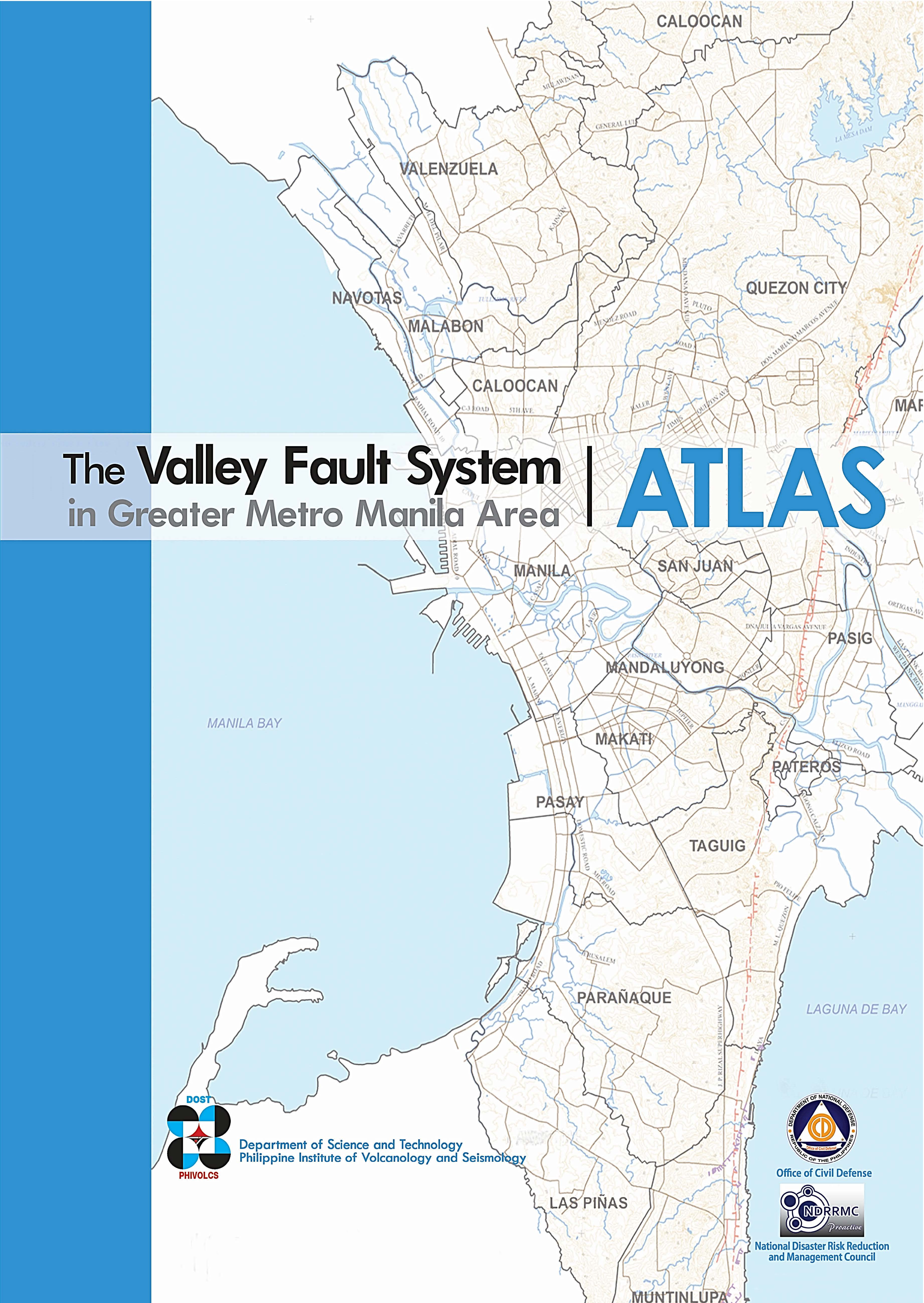We are in the process of fully implementing the mechanisms of a Disaster Risk Management program, an all encompassing process to shift from our focus on relief, to being prepared for the probable risks.
What does this mean?
Efforts are being undertaken to map out all areas that are at high risk to floods. In the event of a forthcoming severe weather system, our capability to accurately predict its path and impact are being improved. Methods to rapidly communicate warnings and instructions for evacuation are still being developed. Our rescue and even relief assets are being pre-positioned to safety zones that could respond more effectively to the needs of our evacuees.
Our government’s resources are adequate to respond to the minimum requirements, but owing to the unpredictability of nature, there might not be enough to provide relief within the first few hours of any tragedy.
The disaster risk management approach must also entail everyone’s participation. We can all make the first small step in improving our chances to overcome the next natural disaster that may strike us.
Simple acts of being responsible could lead to better and bigger things. One example is respect for our surroundings. Indiscriminate dumping of our trash should be stopped. For every small piece of paper or plastic we throw, this could build up and clog the sewers. Our rivers are there to provide life and natural passage for rain, and not as open space for waste and garbage.
In the event of a severe weather condition, there should be no balancing act between life versus property. Life can never be replaced unlike material things. Knowing your location is a high risk zone, take the first step to evacuate and seek safe harbour.
The very first measure to avoid any disaster lies in everyone of us. Let us all take the first step and ensure the safety of our loved ones and of our selves.
We can all make the difference, and it all starts with every one of us doing his share in mitigating the effects of a disaster.












